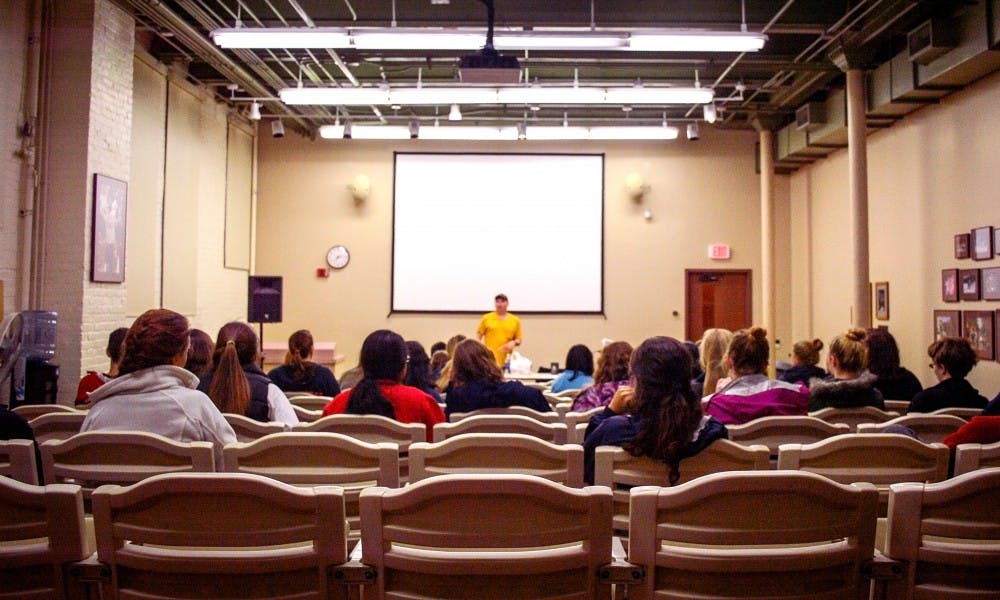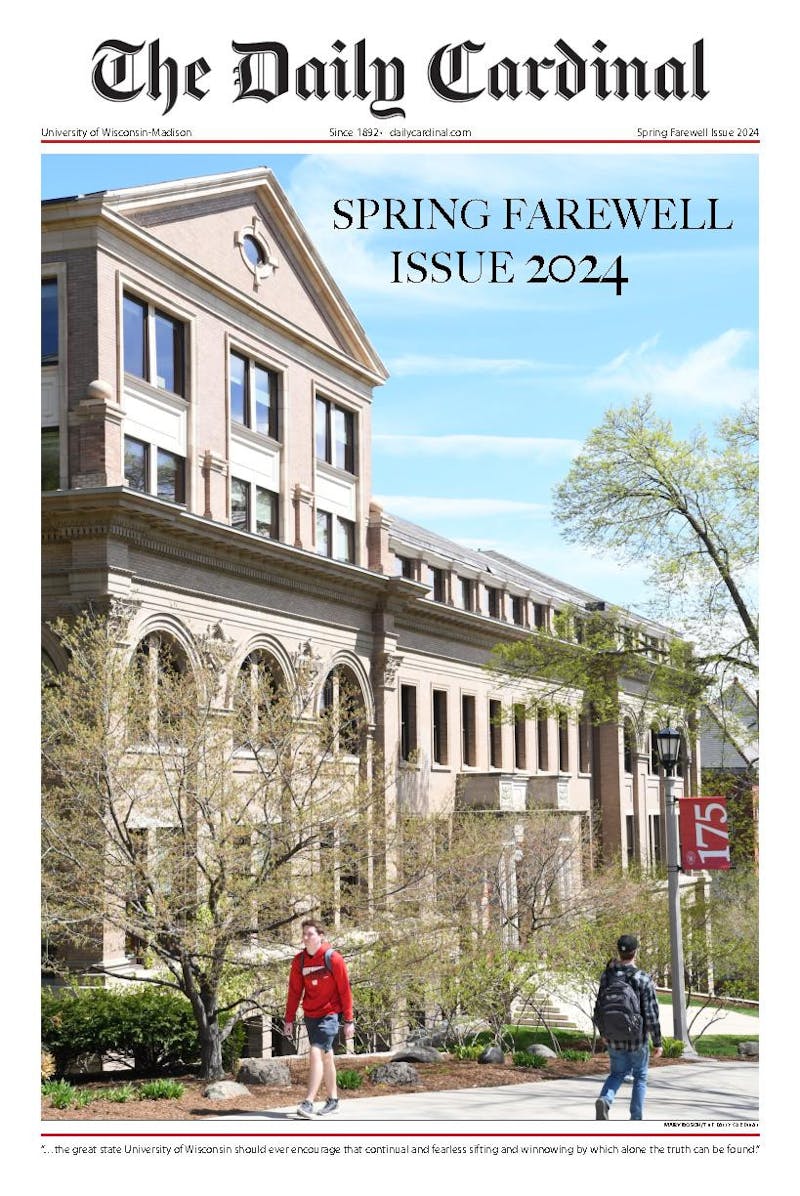The 1960s and 70s were known for progressive activism, and few places better embodied these movements than college campuses.
UW-Madison in particular was known as a center of student involvement in social issues.
When UW System Board of Regent Tim Higgins, a self-described “good conservative” from a parochial school in Appleton, arrived at UW-Madison in the early 1970s, he was in for quite a culture shock. Higgins said fellow students challenged his viewpoints from the moment he stepped on campus.
“It certainly expanded my horizons,” Higgins said. “Sometimes the learning you get from confrontation is more valuable because it goes beyond the bounds of academic rigor and makes you think about how you live your life.”
The push for trigger warnings, notifications given to students for whom classroom material may bring back past trauma, divides this coalescence of student activism and student freedom.
Many individuals, such as recently retired political science professor Donald Downs, see the movement as a generational shift for student activists.
“I’m from the 60s generation, and we wanted more freedom,” Downs said. “We didn’t want paternalism. We didn’t want administration trying to protect us.”
Student activists today, however, believe these are inaccurate characterizations.
“I think the idea of sheltered or coddled college students is misguided.The intent of trigger warnings is not to shut down discussion,” said Lizzy Schounard, vice chair of UW-Madison College Democrats. “Trigger warnings aim to help students feel comfortable, safe, and empowered in the classroom.”
Beyond making students comfortable, trigger warnings may also provide tangible mental health benefits.
According to Samantha Johnson, the undergraduate violence prevention specialist for the campus group End Violence On Campus, trigger warnings can help when students are presented with graphic content.
“We know sensory information like that can trigger flashbacks to harm done to them, or even anxiety and panic attacks,” Johnson said. “So having that self-preparation has both a health benefit, and prepares that person to engage in the dialogue.”
EVOC advises professors and teaching assistants on how best to integrate potentially triggering material in the classroom, Johnson stated.
EVOC also uses trigger warnings at events it hosts on campus, which often concern themes of sexual violence.
“We always like to give a heads-up that people are welcome to participate at their own pace,” Johnson said. “It’s sort of a challenge-by-choice situation. People may choose to engage, people may choose to just listen.”
While this selective participation may work for EVOC events, many believe it can make the classroom a less academically challenging environment.
“It sort of boils down to what a college education is supposed to be,” Downs said. “It’s supposed to be challenging. It’s supposed to present things that make us uncomfortable to a point.”
To Higgins, it is not the professor's responsibility to sort through all potential triggers in class material, nor is it very realistic.
“As a student you have a responsibility to protect yourself. If somebody assigns a book and you’re really concerned about a rape scene, well, you need to find out if that’s going to bother you,” Higgins said.
According to Neil Simpkins, a PhD student in the English department who co-authored a paper on trigger warnings last year, this slippery slope could be avoided by simply talking to students.
“Rather than the professor saying ‘this is what I assume is triggering to my students,’ they could use some kind of anonymous form for students to be able to say ‘this is what I need a trigger warning for in this particular classroom context,’” Simpkins said.
Schounard also said concerns about trigger warnings damaging the classroom are exaggerated, however their mental health benefits are essential for some students.
“Trigger warnings are just that: a warning,” Schounard said. “Professors showing highly controversial, graphic, or potentially triggering content should be compelled to provide trigger warnings to the benefit of their entire classroom, and if even one student is made to feel more comfortable, then it has done its job.”
As a professor, Downs says he would object to being subjected to a mandated trigger warning rule.
“We end up encouraging students to feel victimized and to feel offended all the time,” Downs said. “It’s not a sign of mental health in a society when more and more people feel like they don’t have mental health.”
Ultimately, Downs said he believes a school-wide policy isn’t necessary to achieve what student activists are pushing for.
“A lot of it is just common sense respect for your students,” Downs said. “We don’t need a whole trigger warning policy and movement to tell faculty that if you’re dealing with stuff that’s disturbing material, maybe they should prepare their students for it.”
As current student activists fight for trigger warnings as part of their vision of mental health justice and opponents denounce the movement as an attack on free speech, the debate on the issue gets more contentious, and possibly less productive.
“Whether or not [trigger warnings] ultimately get taken up, the discussion around them should be different than what it is,” Simpkins said.




